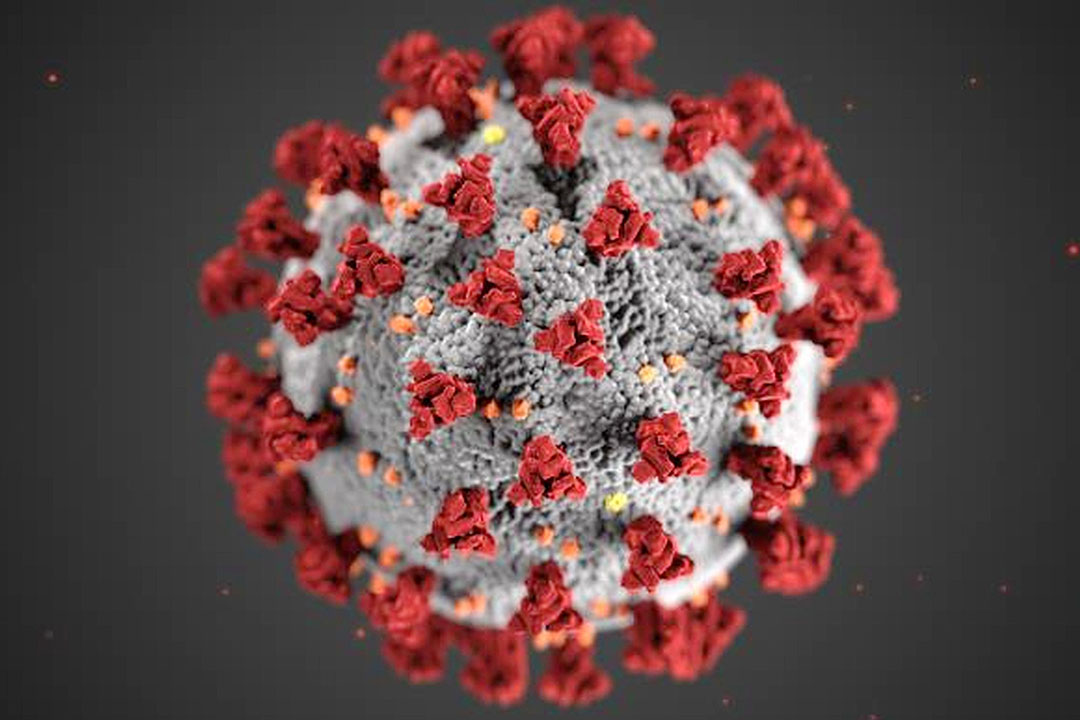DoH bucks travel curbs amid coronavirus spread

PHILIPPINE health authorities on Tuesday bucked travel limits on countries with rising coronavirus infections, saying the usual protocols are enough to stop the spread of more variants.
The Department of Health (DoH) is working with international health authorities, and its Bureau of Quarantine is keeping watch over points of entry nationwide, it said in a statement posted on its website.
“There is no scientific basis for travel restrictions to any country because of an increase in COVID-19 cases,” it said. “The voluntary use of face masks should be done properly, along with standard precautions like hand washing, avoiding crowds, and choosing good airflow.”
Five patients in the Philippines died from the coronavirus in the two weeks to May 13, the DoH said.
The agency said it continues to track coronavirus cases, and newly designated variants are under monitoring “in parallel with international developments.” “All Philippine regions remain to be at low risk from COVID-19.”
The World Health Organization (WHO) is monitoring the KP.2 and KP.3 coronavirus variants, and there is no evidence that they are causing severe to critical cases here and overseas, the DoH said.
As of May 12, 11% of 1,117 dedicated COVID-19 intensive care unit (ICU) beds in the Philippines were occupied, while 13% of 9,571 COVID-19 non-ICU beds had been used, the agency said.
There were 116 severe and critical COVID-19 patients admitted to various hospitals, it added, citing hospital reports.
The DoH said 877 new COVID-19 cases were reported on May 7 to 13, with an average of 125 daily cases.
“While there is an observed increase recently, it is small and lower than previously observed increases,” it said.
Out of the new patients, seven were severe or critical.
The Health department noted that by law, doctors, their clinics, hospitals and other facilities must report COVID-19 cases, whether tested by reverse transcription polymerase chain reaction (RT-PCR) or rapid antigen test.
“This will help guide public health decision-making.”
Three new coronavirus variants are being monitored by the WHO — JN.1.18, KP.2 and KP.3, all of which are descendants of the JN.1 variant, the DoH said.
Variants KP.2 and KP.3 are the proper names of what is informally known as the “FLiRT” variants, a nickname coined by some researchers to describe amino acid changes in the COVID-19 spike protein.
“The WHO observed that there are currently no reported laboratory or epidemiological reports indicating any association between variants of interest and variants under monitoring and increased disease severity,” the DoH said.
It said good respiratory hygiene — covering the mouth and nose when coughing, washing one’s hands, avoiding crowds and ensuring good airflow — “are tried and tested ways to prevent influenza-like illnesses including COVID-19.”
“It is also best for those who feel ill to stay at home for the meantime, or to properly wear a mask should there be a need to go out,” it added.
The coronavirus had sickened about 704.8 million and killed more than million people worldwide as of April 13, according to the Worldometers website, citing various sources including data from the WHO.
About 675.6 million people have recovered, it said.
The website is no longer being updated because most countries have stopped reporting COVID-19 cases.
In the Philippines. 4.1 million have been sickened by the coronavirus as of Jan. 8, with 66,864 deaths, according to DoH data. More than 4.1 million people have recovered, with 6,138 active cases. — Norman P. Aquino



